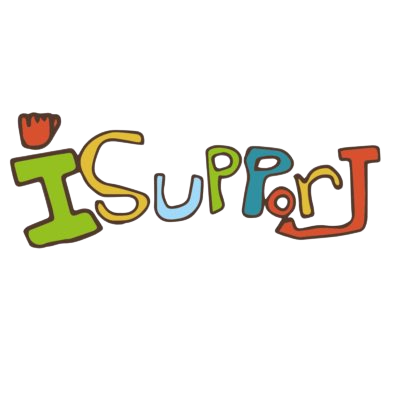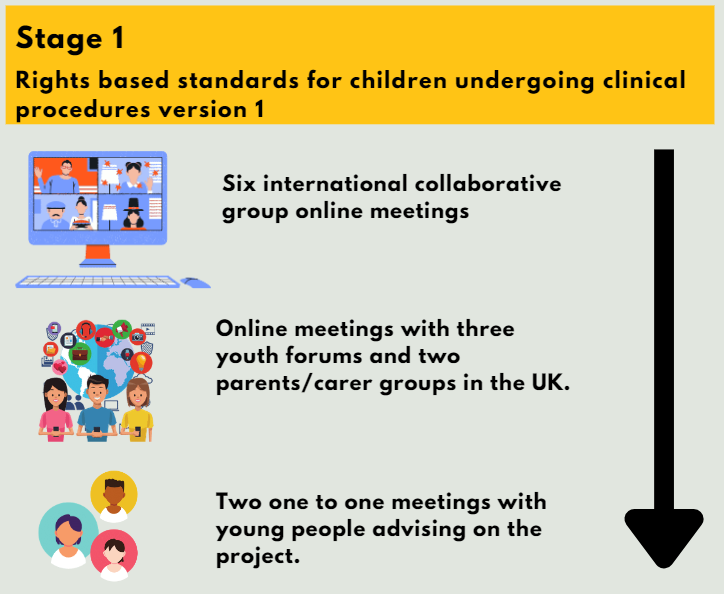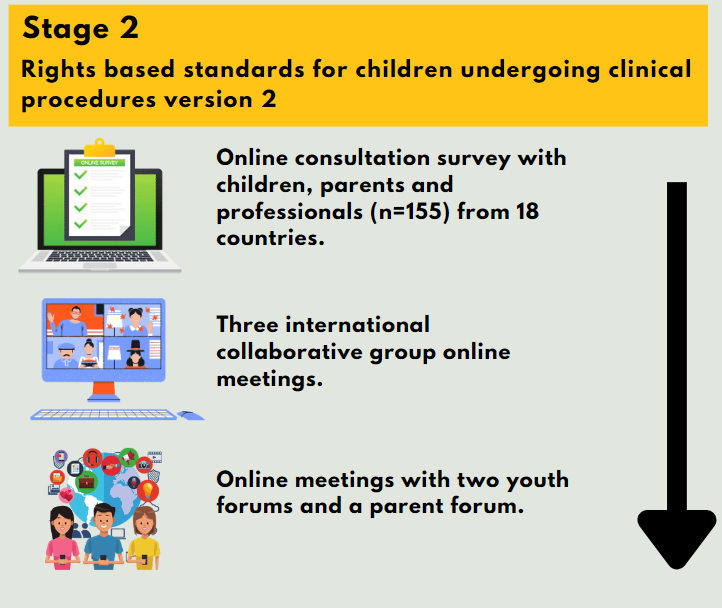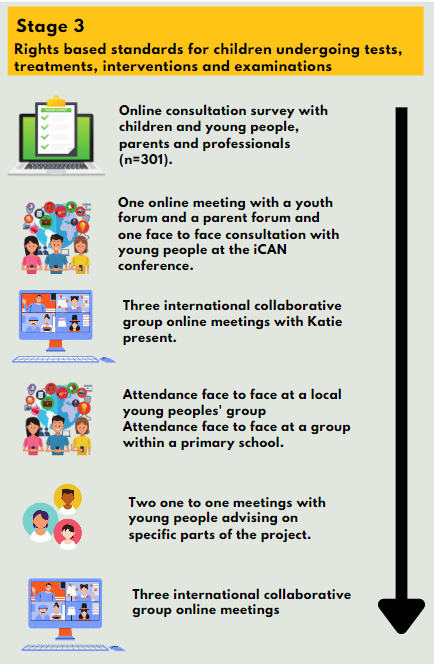We have been working together for the last two years to develop the standards for children and young people (aged 0-18 years) undergoing clinical procedures, based on internationally agreed children’s rights set out by the UNCRC (1989).
The standards have been developed in a three stage process. The three stages involved ongoing and extensive consultation within our collaborative group and with established youth and parent forums.
We also sought wider feedback, input and consensus through two rounds of international online surveys.
At all stages we have valued the opinions and views of children, parents and professionals who work with children.
We have shared our work in blogs and publications throughout the last few years.






